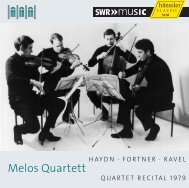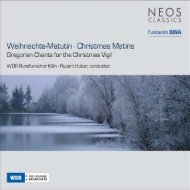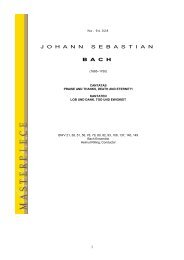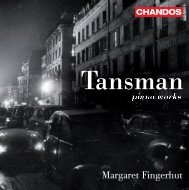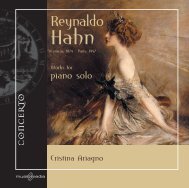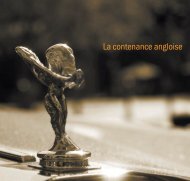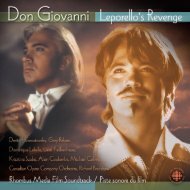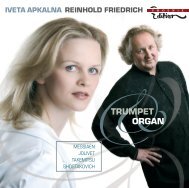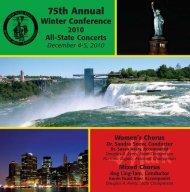gyri gyri gaga - Naxos Music Library
gyri gyri gaga - Naxos Music Library
gyri gyri gaga - Naxos Music Library
Sie wollen auch ein ePaper? Erhöhen Sie die Reichweite Ihrer Titel.
YUMPU macht aus Druck-PDFs automatisch weboptimierte ePaper, die Google liebt.
In its diversity and richness the Forster collection<br />
represents a kind of legacy of the Tenorlied, so that<br />
shortly after the last reprint of the second book in<br />
1565 a new type of song became fashionable.<br />
Under the influence of the French chanson and<br />
the Italian madrigal a new structure for the song<br />
opened up, and it no longer remained a continuous<br />
melody line tied to one voice. Orlando di Lasso<br />
took part in this development. He came from<br />
Hainaut in modern Belgium, was educated in Italy<br />
and ended up in the Munich court of Albrecht V.<br />
In the tradition established by Senfl he also wrote<br />
German songs, which often went back to texts<br />
from the old song collections, without borrowing<br />
any melodies. Particularly full of humour is the<br />
song of a wife, who laments: Ich hab ein Mann<br />
der gar nichts kann (I have a man who nothing<br />
at all can). The four verses of this song are no<br />
longer set in the same way, but through-composed<br />
by Lassus. Another „Netherlander“, who had<br />
a great influence on songs, was Ivo de Vento<br />
(c. 1545-1575), who came from Antwerp. From<br />
him the present recording includes the setting of<br />
a folksong Die Brinnlein die da fliessen (The little<br />
fountain which flows there) and the comical tale<br />
of a country girl, who steps on a „thorn“ while<br />
bathing. He also does without a central song<br />
melody and the strophic lay-out prevalent in the<br />
first half of the sixteenth century. At the same time,<br />
characteristic of the new type of song are settings,<br />
whose textual and musical structure have been<br />
modelled on the villanella. Many of these songs<br />
„in the Italian style“ come from Leonhard Lechner<br />
(c. 1553-1606), the best known today being the<br />
moving love-song Gott b‘hüte dich (God watches<br />
over thee).<br />
The youngest contribution to this CD, the May<br />
song Herzlich tut mich erfreuen (A warm heart<br />
delights me), is by Michael Praetorius (1572-<br />
1621). Praetorius is known above all as the creator<br />
of the Syntagma musicum, a theoretical music<br />
treatise, which established the basis of music in<br />
three books and contains invaluable advice on<br />
instruments and performance practice from this<br />
time. The question about how the song repertoire<br />
should sound, however, is not clearly answered.<br />
Presumably alongside the pure vocal performance<br />
there is always the possibility as well of singing<br />
with instrumental support or of pure instrumental<br />
performance with voices. For this the lute was<br />
a popular instrument, as indicated by the many<br />
intabulations (transcribed in tablature) of songs.<br />
As a melody or an accompanying instrument it<br />
can take on both a single voice of the song as well<br />
as the whole setting. In the present recording, for<br />
instance, the song Ich armes Maidlein klag mich<br />
sehr (I poor maiden grieve greatly) can be heard<br />
first of all in a vocal performance in a setting by<br />
Caspar Othmayr, to which the lute contributes<br />
a setting of the same song by Ludwig Senfl. In<br />
order to round off the impression of a global<br />
sound picture in early modern times, the CD also<br />
contains a selection of pure lute music from the<br />
manuscript Mus.ms. 1512 in the Bayerischen<br />
Staatsbibliothek in Munich. This tablature<br />
probably originated in Munich court circles, and<br />
all the movements are signed with „HD“, the<br />
initials of an as yet unidentified intabulator. This<br />
gives the intabulation an important rôle, which<br />
does not as a rule assume the vocal part note by<br />
note, but, depending on the ability of the lutenist,<br />
allows it with variation and ornamentation to<br />
adapt to the lute idiom and thus to develop a<br />
13



